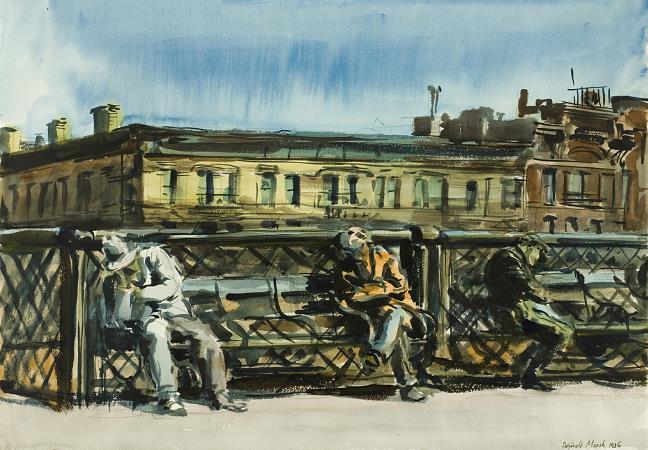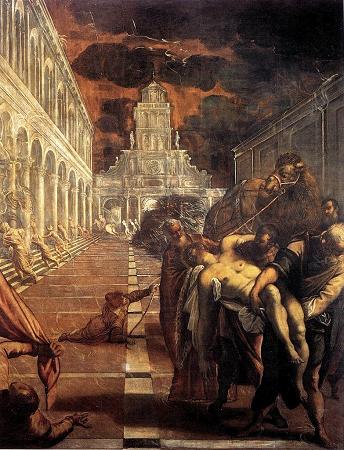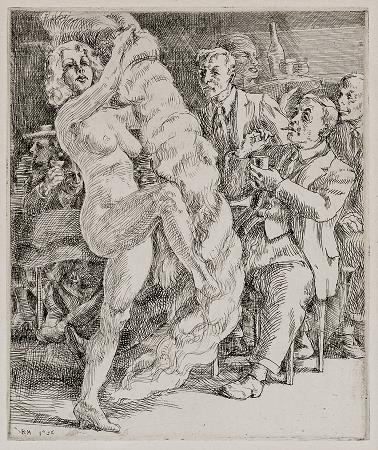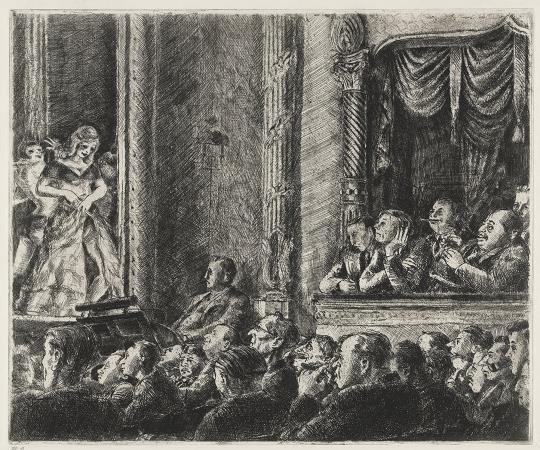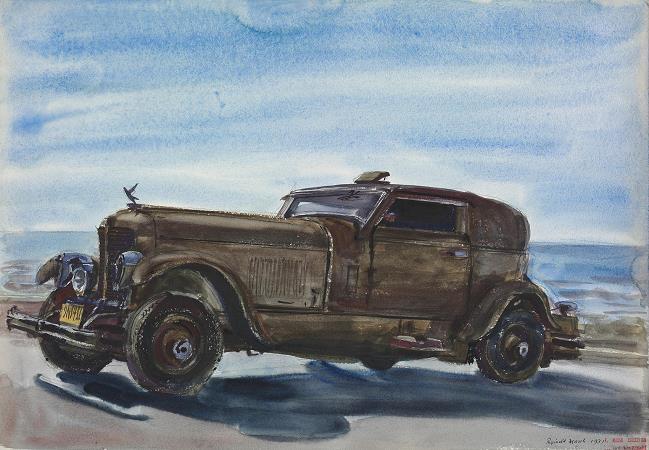Reginald Marsh (1898 - 1954). Reginald Marsh was an American painter, born in Paris, most notable for his depictions of life in New York City in the 1920s and 1930s. Crowded Coney Island beach scenes, popular entertainments such as vaudeville and burlesque, women, and jobless men on the Bowery are subjects that reappear throughout his work. He painted in egg tempera and in oils, and produced many watercolors, ink and ink wash drawings, and prints. Reginald Marsh was born in an apartment in Paris above the Café du Dome. He was the second son born to American parents who were both artists. His mother, Alice Randall was a miniaturist painter and his father, Frederick Dana Marsh, was a muralist and one of the earliest American painters to depict modern industry. The family was well off; Marsh's paternal grandfather had made a fortune in the meat packing business. When Marsh was two years old his family moved to Nutley, New Jersey, where his father acquired a studio home located on The Enclosure, a street that had been established as an artists' colony some decades earlier by the American painter Frank Fowler. Marsh later acquired an estate in Woodstock, New York, where the family spent most of their summers. Marsh attended the Lawrenceville School and graduated in 1920 from Yale University. At Yale Art School he worked as the star illustrator and cartoonist for campus humor magazine The Yale Record. Marsh was noted to have fully enjoyed his time at Yale. He moved to New York after graduation, where his ambition was to find work as a freelance illustrator. In 1922, he was hired to sketch vaudeville and burlesque performers for a regular New York Daily News feature, and when The New Yorker began publication in 1925, Marsh and fellow Yale Record alum Peter Arno were among the magazine's first cartoonists. Although not primarily remembered as a cartoonist, he was a prolific and thoughtful contributor to The New Yorker from 1925 to 1944. He also created illustrations for the New Masses. A casual interest in learning to paint led Marsh, in 1921, to begin taking classes at the Art Students League of New York, where his first teacher was John Sloan. By 1923 Marsh began to paint seriously. In this year he also married Betty Burroughs, another student at the college and daughter to artist Bryson Burroughs. The marriage ended in divorce in 1933. In 1925, Marsh visited Paris for the first time since he had lived there as a child and he fell in love with what the city had to offer him. Although Marsh had appreciated the drawings of Raphael, Leonardo da Vinci and Michelangelo since he was a child, his father's studio was full of reproductions of the old masters' work, the famous paintings that he saw at the Louvre and other museums stimulated in him a new fascination with those painters. While exploring the works of European painters such as Titian, Tintoretto, and Rubens, Marsh met Thomas Hart Benton in one of the galleries in France. Benton, known today as a social realist, and regionalist painter, was also a great student of the Baroque masters. The resemblance Marsh saw between Tintoretto's famous works and Benton's motivated Marsh to try to paint in a similar way. Following his European trip Marsh returned to New York with a desire to utilize the principles he felt were evident in the art of the Renaissance painters, particularly the way large groups of figures, together with architecture or landscape elements, were organized into stable compositions. Marsh then studied under Kenneth Hayes Miller and George Luks, and chose to do fewer commercial assignments. Miller, who taught at the Art Students League of New York, instructed Marsh on the basics of form and design, and encouraged Marsh to make himself known to the world. He looked at Marsh's early, awkward burlesque sketches and at his more conventional landscape watercolors and said, These awkward things are your work. These are real. Stick to these things and don't let anyone dissuade you! By the beginning of the 1930s Marsh began to express himself fully in his art. As late as 1944, Marsh wrote, I still show him every picture I paint. I am a Miller student. Marsh began to work with John Steuart Curry after his training with Miller. Both Marsh and Curry took lessons from Jacques Maroger, whom Marsh met in New York City in 1940. Maroger, who was a former restorer at the Louvre, believed he had discovered the secrets of the old masters and was well known for his advocacy of a painting medium made by cooking white lead in linseed oil. Maroger provided a body of material documenting his work for Marsh and Curry to study, and they adopted his ideas. Marsh's etchings were his first work as an artist. In the early 1920s, he also made several linocuts, and later produced lithographs and engravings.
more...
